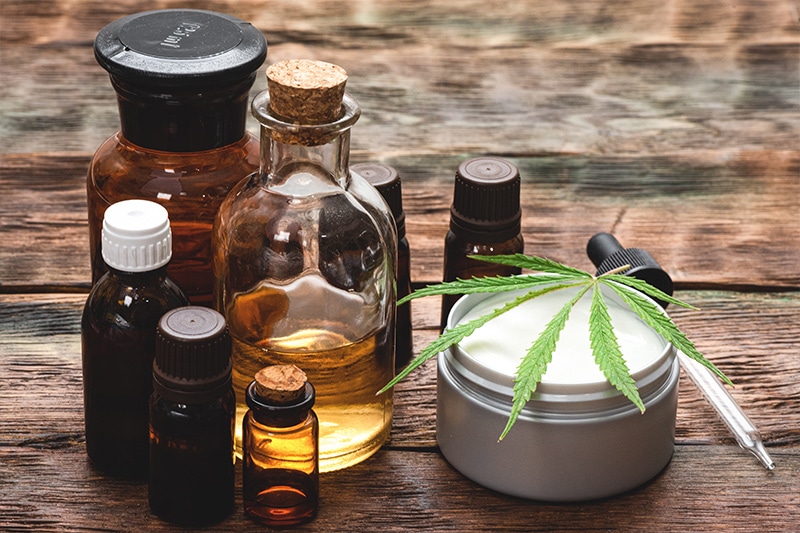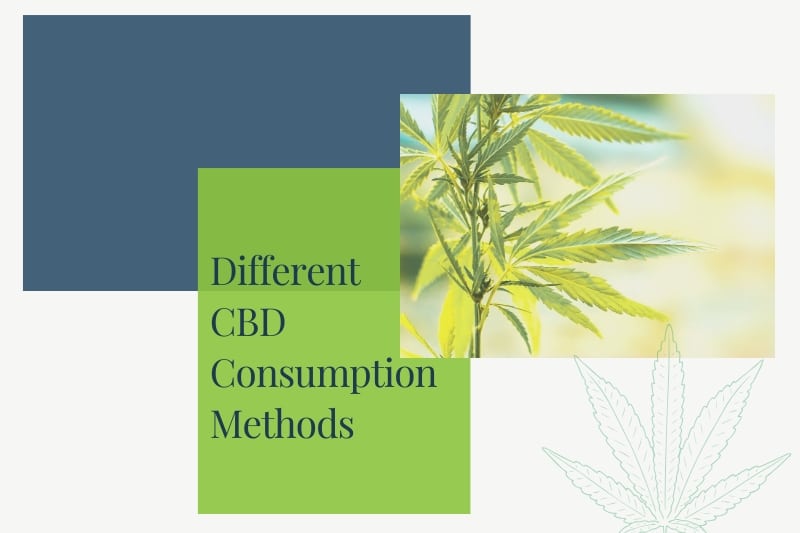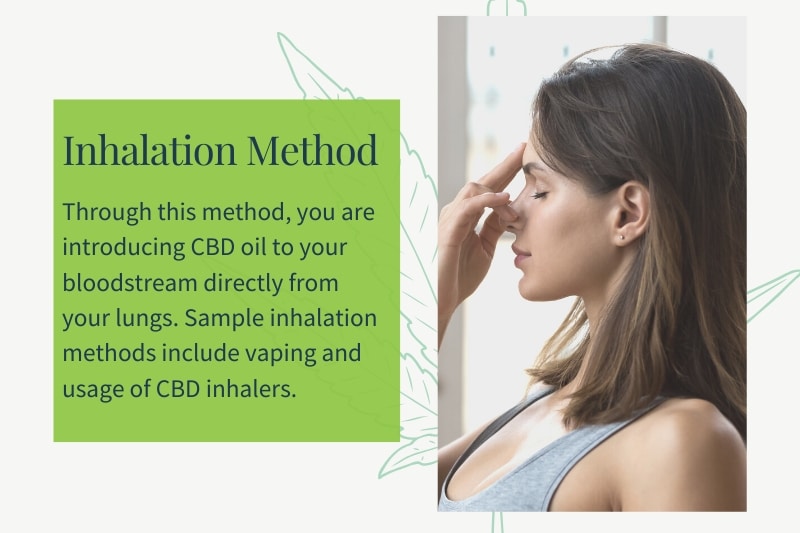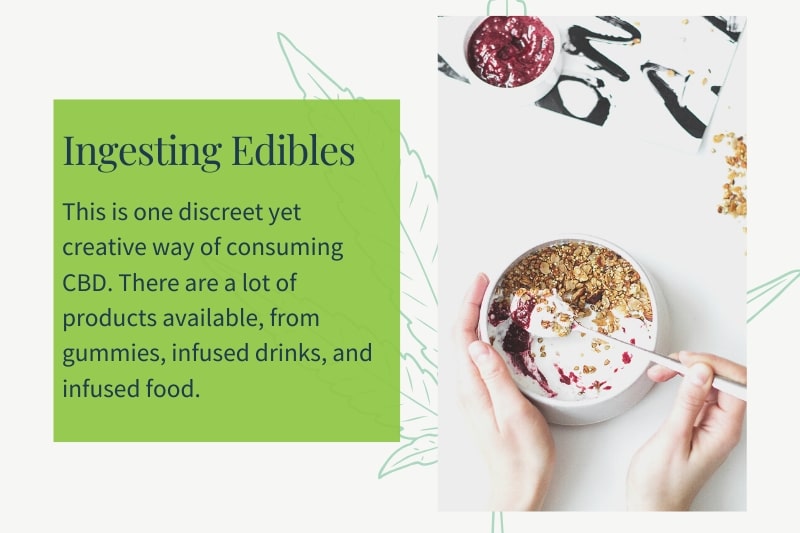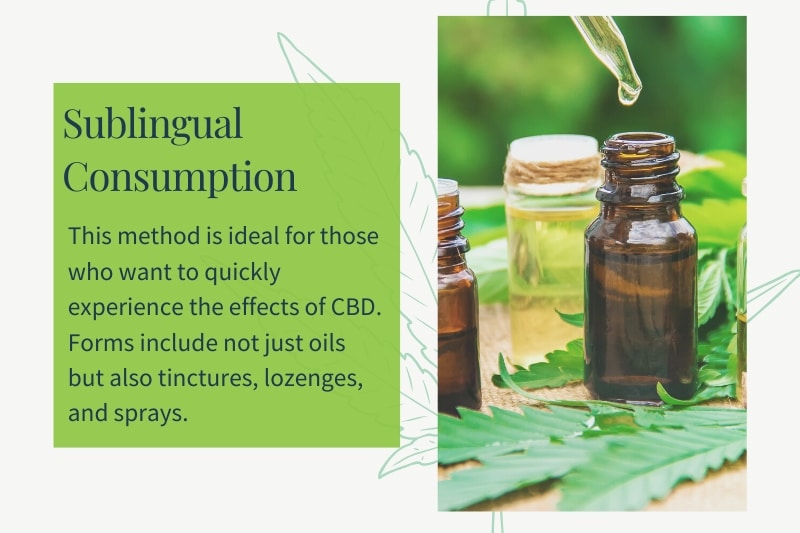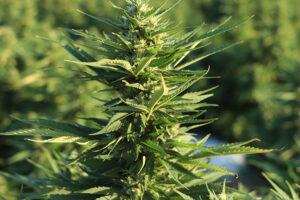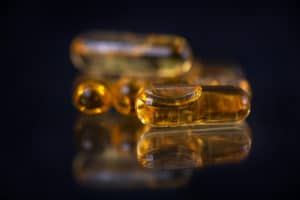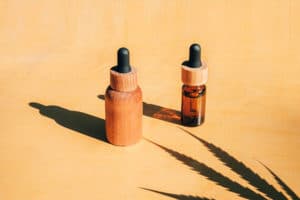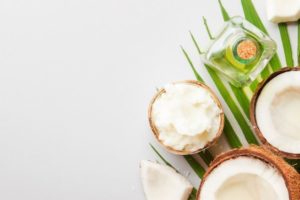The quick answer to “What is the Best Way to Take CBD Oil?”: The four primary ways to take CBD Oil are through inhalation, ingestion, topical application, and sublingual consumption.
Because cannabidiol (CBD) has started receiving mainstream attention in recent years, one may be forgiven for thinking that it is a modern discovery. In reality, people have regarded cannabis-infused products as a go-to ailment remedy for centuries.
CBD’s sudden growth in popularity is mainly due to various studies and tons of anecdotal evidence. The growing realization that CBD offers health benefits are contributing significantly to its demand. People also have more access to information on CBD, and the compound’s association with THC is no longer the issue it once was.
Another contributor to CBD’s popularity and availability is the passage of the US Farm Bill in 2018. This law legalized industrial hemp as well as medical and recreational cannabis at the state level.
If you choose to consume CBD, chances are you are informed on the compound’s health benefits and side-effects. CBD products are available in many different forms, however, and you may not be sure about which CBD consumption method is the most effective to address your condition.
In this article, we look at the most common methods of using CBD oil so you can select the most appropriate one.
What is CBD?
CBD stands for cannabidiol and is a compound that is naturally present in the cannabis plant. Cannabidiol is a member of the cannabinoid family and is the second-most abundant cannabinoid in the plant.
Cannabidiol offers many different therapeutic benefits and has seizure-suppressant, anti-anxiety, analgesic, and anti-inflammatory properties. Producers source CBD from the hemp plant, which is a variation of cannabis with minuscule amounts of THC, but the compound is also present in marijuana.
CBD has a similar molecular structure to tetrahydrocannabinol (THC), which is the psychoactive cannabinoid that causes euphoria with marijuana consumption. When you consume CBD, you will not experience any of the undesirable effects associated with THC consumption. These effects include euphoria, heart palpitations, paranoia, or impaired thinking.
Consumption Methods
There are various ways to consume CBD. The method you should choose depends on the condition you are treating. With most consumption methods, the CBD enters the bloodstream and interacts with the body’s endocannabinoid system.
Inhalation
With the inhalation method, you introduce CBD oil to your bloodstream directly from your lungs. This method is the most effective, and you can absorb up to 56% of the CBD. There are three ways to inhale CBD, namely vaping, smoking, and inhalers.
Vaping is the most common inhalation method, as it is safer and more convenient than smoking. To vape CBD, you need a vaporizer with a cartridge that contains CBD oil or a vape pen with a chamber for CBD concentrates, such as sugar wax.
Stay away from CBD vape cartridges containing thinning agents and carriers such as propylene glycol, vegetable glycerine, and fractionated coconut oil. According to research, these compounds can damage lung tissue.
You can also smoke the CBD flower. There are various smoking products available for people who enjoy smoking and don’t have the necessary vaping equipment. This inhalation method is not as safe as vaping, however, and can expose you to carcinogens.
Using CBD inhalers is a suitable option for people who have asthma or other respiratory conditions, and it is the best way to control your dosage.
CBD that you inhale takes effect within approximately ten minutes and provides fast relief for anxiety, pain, and other ailments. This method is the one that carries the highest risk for adverse side-effects, however, and you should only use products from a reputable supplier.
Ingestion
Ingesting edibles is a discreet and effective way to consume CBD. There are many different edible CBD products available, including gummies, infused canna-butter, and infused cooking oils. Edible CBD takes up to two hours to enter the bloodstream through the digestive tract, so it doesn’t provide fast relief like inhalation.
This method of consuming edibles offers a wide range of benefits, however. CBD edibles provide relief that lasts up to four hours longer than inhaled CBD. These products are also easy to prepare, and they come in pre-dosed servings so you can control your CBD consumption.
Edibles are also more discreet than other methods. For example, if you are sitting on a long flight, you can consume CBD without drawing unwanted attention.
Topical Application
Topical CBD products have formulas for direct skin application. These products include transdermal patches, creams, balms, lotions, and salves. Instead of entering the bloodstream, topical CBD products will target the specific area of application.
Topical application is ideal for treating skin conditions such as eczema and localized pain. You can also use it to treat arthritis and general inflammation. CBD alleviates pain and inflammation by limiting your body’s inflammatory response to muscle soreness.
Topical application is not ideal for treating ailments like headaches or anxiety, but it can be an effective treatment for localized ailments. The risk of experiencing negative side-effects is also much lower than other methods, for example, inhalation.
Sublingual Consumption
Sublingual products typically consist of CBD in the form of oil, tinctures, lozenges, and sprays. You place the product under your tongue where your bloodstream absorbs the CBD directly. Like inhalation, this method is ideal for fast relief and optimal CBD absorption.
Another benefit of sublingual CBD products is that they typically contain no preservatives or sugar. The manufacture of these products usually involves soaking cannabis flowers in alcohol or oil.
This consumption method is ideal for pain, anxiety, and sleeplessness. You can also use these products to curb withdrawal symptoms and help you overcome addictions to opioids, alcohol, or nicotine.
Is CBD Safe?
According to the National Institute on Drug Abuse, “CBD appears to be a safe drug with no addictive effects.” In comparison with THC, the risks associated with CBD are low, and there are no reported cases of CBD overdose in the medical literature.
Adverse side-effects associated with CBD include, among others, nausea, diarrhea, appetite changes, bloating, dizziness, and dry mouth. These symptoms are generally mild, and their severity depends on the dosage and method of consumption. If you experience any of these side-effects, you can expect them to resolve within four hours.
FAQs About The Best Way to Take CBD Oil
Question: What is the Best Way to Take CBD Oil?
Answer: The four primary ways to take CBD Oil are through inhalation, ingestion, topical application, and sublingual consumption.
Question: What is CBD?
Answer: CBD stands for cannabidiol and is a compound that is naturally present in the cannabis plant. Cannabidiol is a member of the cannabinoid family and is the second-most abundant cannabinoid in the plant.
Question: How take CBD Oil with Inhalation?
Answer: With the inhalation method, you introduce CBD oil to your bloodstream directly from your lungs. This method is the most effective, and you can absorb up to 56% of the CBD. There are three ways to inhale CBD, namely vaping, smoking, and inhalers.
Question: How take CBD Oil with ingestion?
Answer: This method of consuming edibles offers a wide range of benefits, however. CBD edibles provide relief that lasts up to four hours longer than inhaled CBD. These products are also easy to prepare, and they come in pre-dosed servings so you can control your CBD consumption.
Question: How take CBD Oil topically?
Answer: Topical application is ideal for treating skin conditions such as eczema and localized pain. You can also use it to treat arthritis and general inflammation. CBD alleviates pain and inflammation by limiting your body’s inflammatory response to muscle soreness.
Question: How take CBD Oil by Sublingual Consumption?
Answer: Sublingual products typically consist of CBD in the form of oil, tinctures, lozenges, and sprays. You place the product under your tongue where your bloodstream absorbs the CBD directly. Like inhalation, this method is ideal for fast relief and optimal CBD absorption.
Question: Is CBD Safe?
Answer: According to the National Institute on Drug Abuse, “CBD appears to be a safe drug with no addictive effects.” In comparison with THC, the risks associated with CBD are low, and there are no reported cases of CBD overdose in the medical literature.
